American Flamingo
The American Flamingo (Phoenicopterus ruber) stands 3-5 feet tall with a wingspan of up to 50 inches. The bright pink color comes from a diet of snails, crustaceans, crabs, and algae. Without this specific diet, they would turn gray.
The most unusual thing about Flamingos is their tongues. The tongue is encased in the lower jaw and does not move. It squeezes mud through structures in the bill called lamellae. Lamellae act as a strainer to extract insects, brine shrimp, algae, and other small prey.
There has been some debate on whether or not Flamingos are native to Florida. If they are spotted, they are usually considered escapees from captive flocks. During the 1800s, flamingos were considered native to Florida. John James Audubon came explicitly to see Flamingos on his 1830 visit to Florida. By the 1900s, Flamingos had almost completely vanished. They were hunted for food, skin, and feathers.
Flamingos are wading birds and can be found around a water source. They have very long, thin necks and legs. Their heads are small, and their bills are large, heavy, and have a crook. Young flamingos have straight bills, but the crook develops as they age.
The Flamingo stands on one leg to conserve heat as their legs have no feathers. Conserving heat is also why they bury their heads in their feathers. It also makes it easier to stand on one leg and reach down into the water with their bills to catch prey.
American Flamingos are monogamous. The flock will mate simultaneously so the eggs will hatch collectively. The flock protects the young from predators. The mated pair will make a mound of mud, and the female will lay one egg, which is between 3 to 3 1/2 inches long. It hatches in 27 to 31 days. Hatchlings are born white and turn pink within two years. Both parents produce a crop of milk in their upper digestive tract, which they feed to the young until they begin to eat solid food.
Florida has removed Flamingos from the non-native list. Hopefully, flamingos will regain their native species’ status and become subject to federal and state protections.
Conservation efforts to protect Flamingos will be necessary to ensure these birds continue to survive even as they face increasing threats from habitat loss, pollution, and invasive predators. This historical population is in the very beginnings of a recovery. When we work together, we will ensure American Flamingos will not become extinct.
Photo Credit: Paul Waller Natureboy Photography and Lynn Marie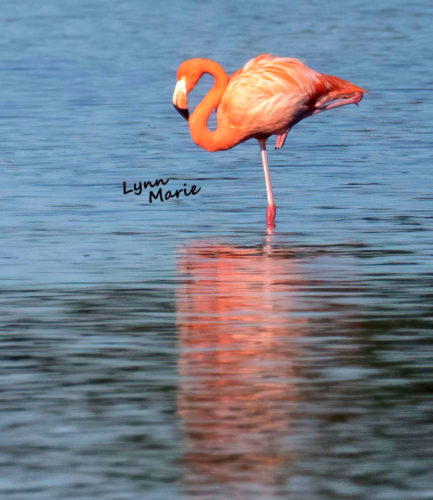

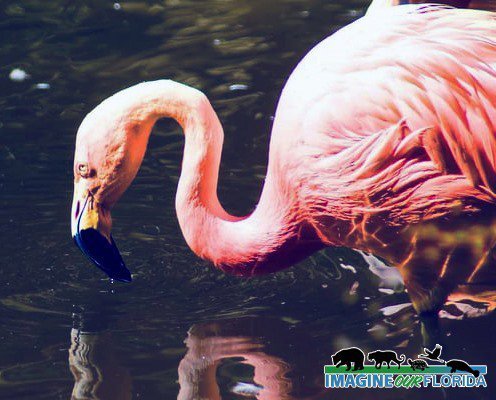

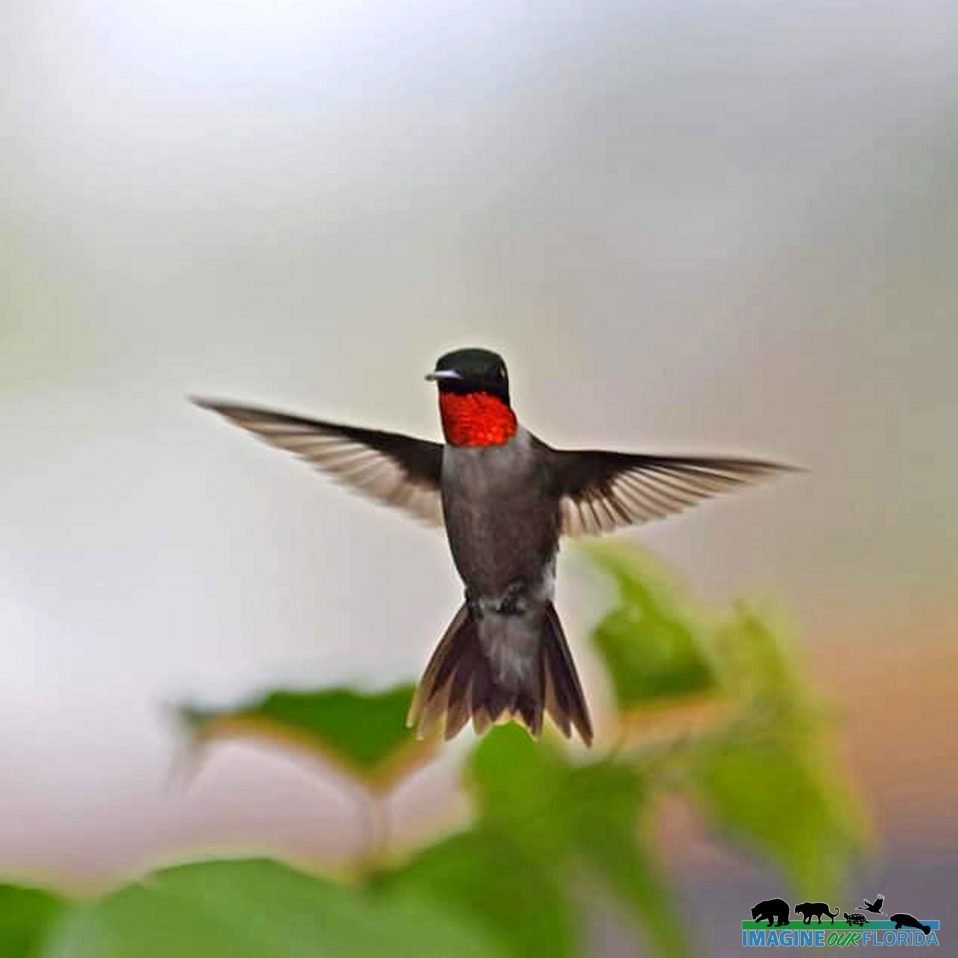
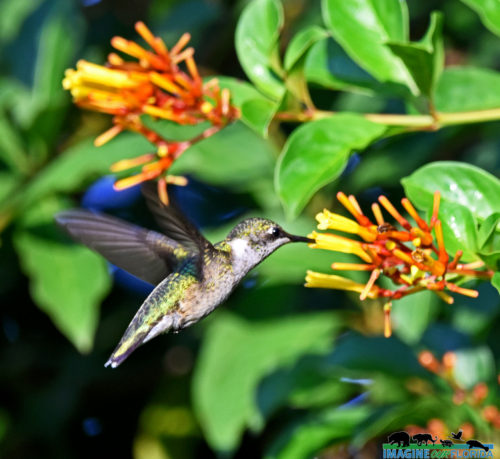
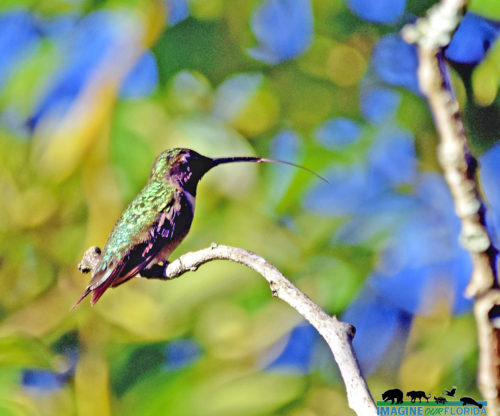
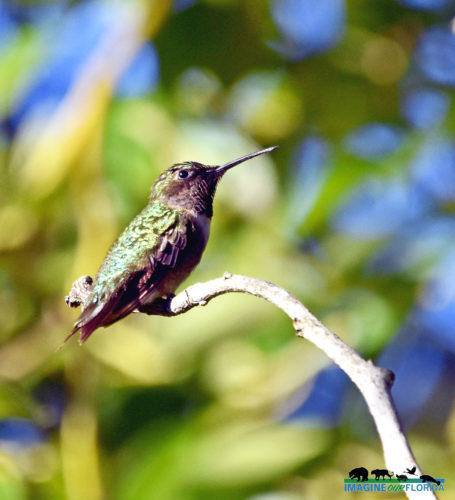






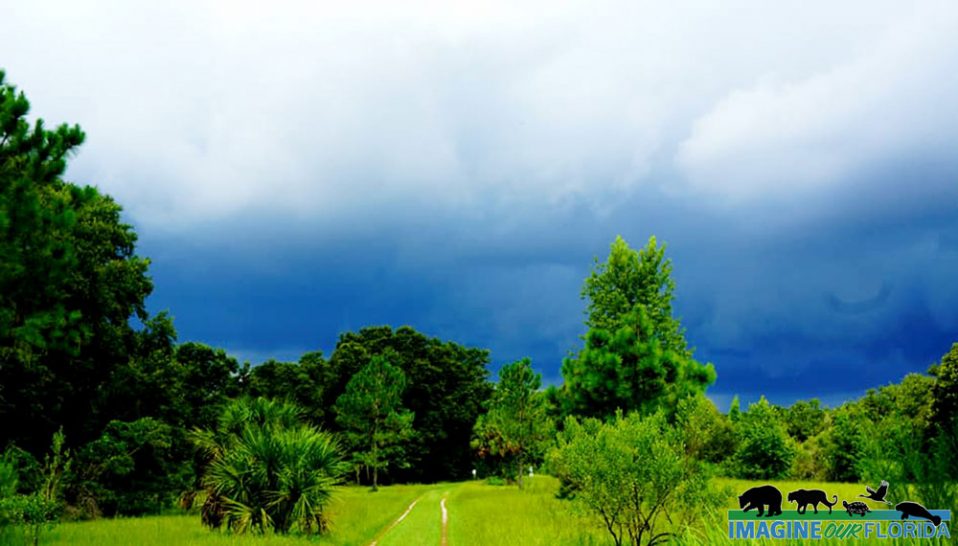



















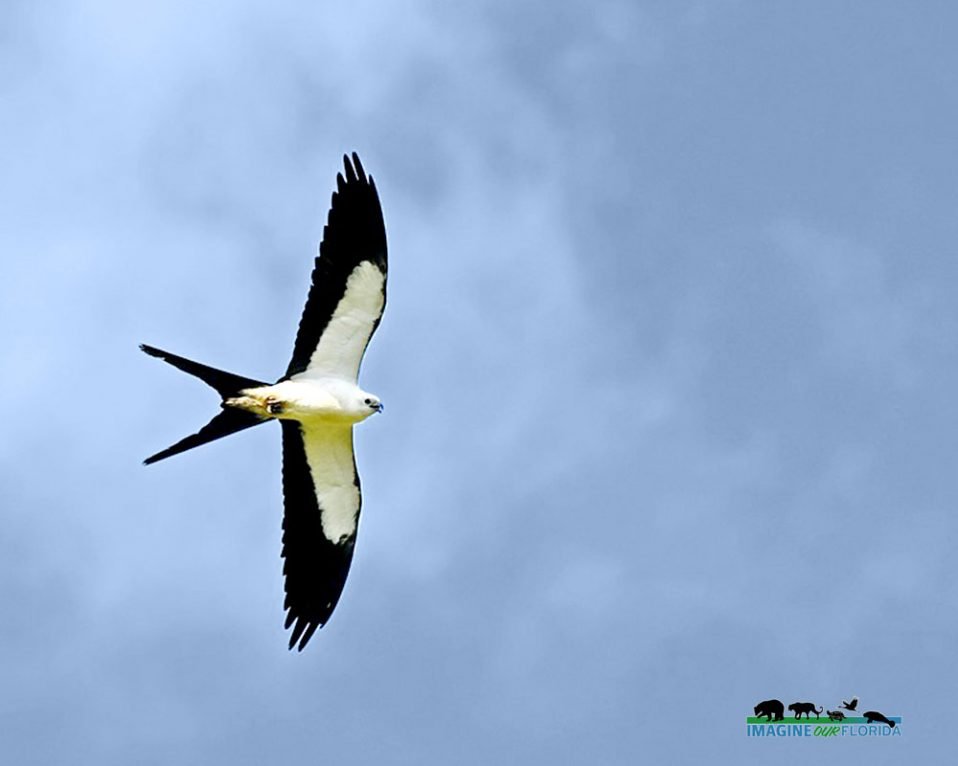


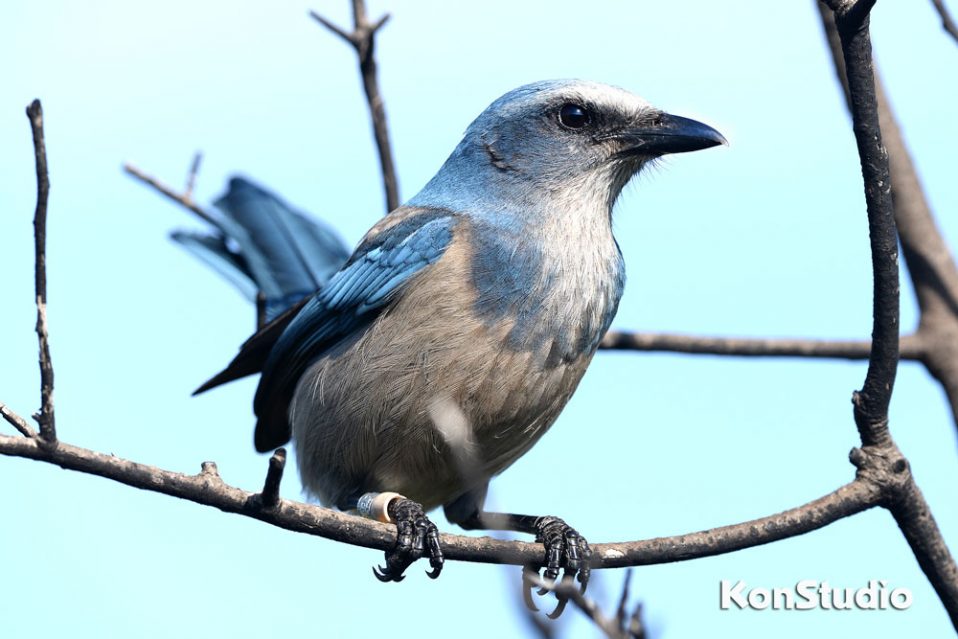
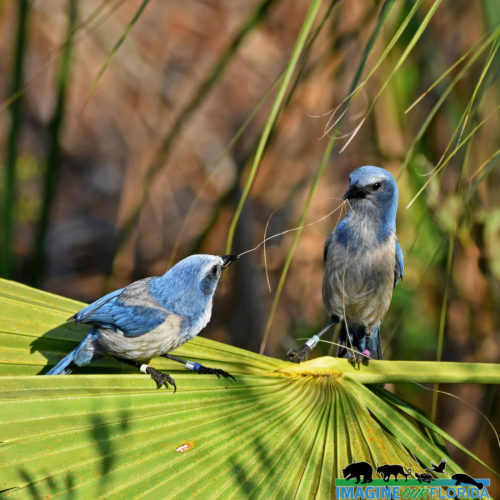



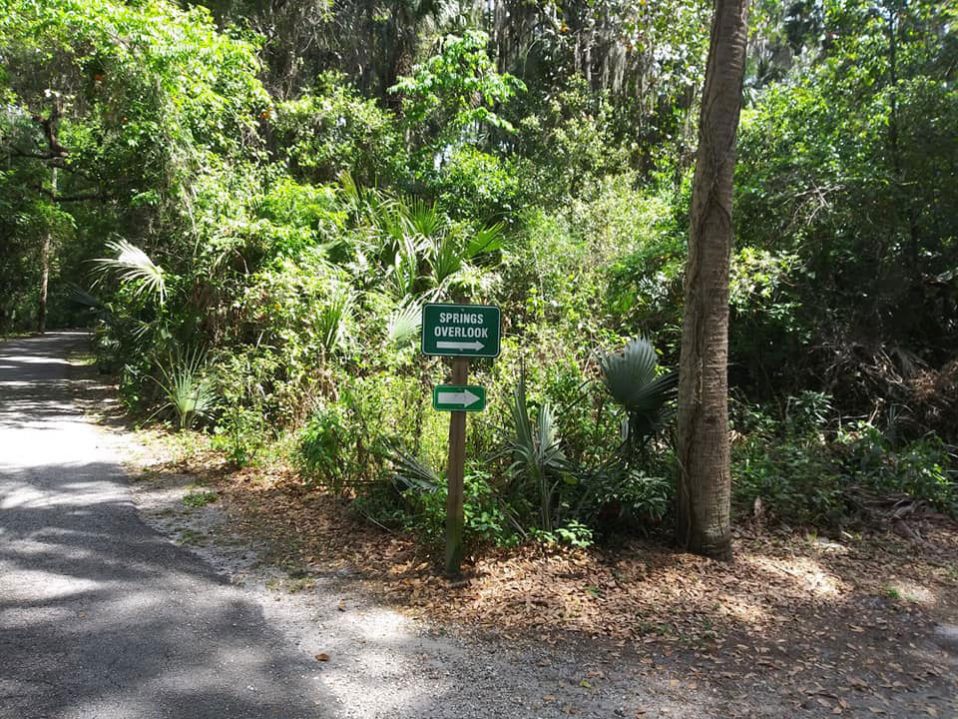






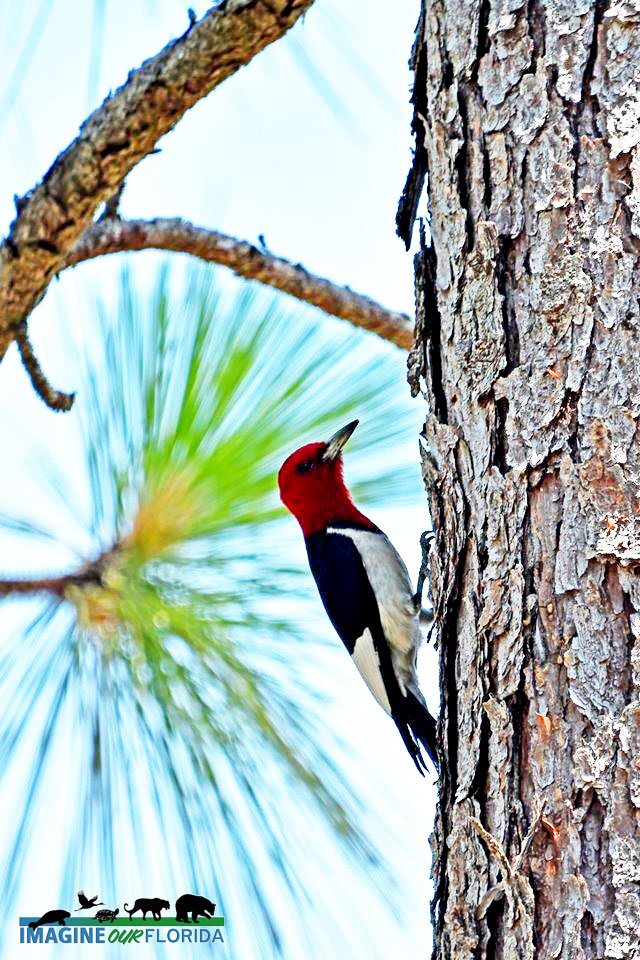





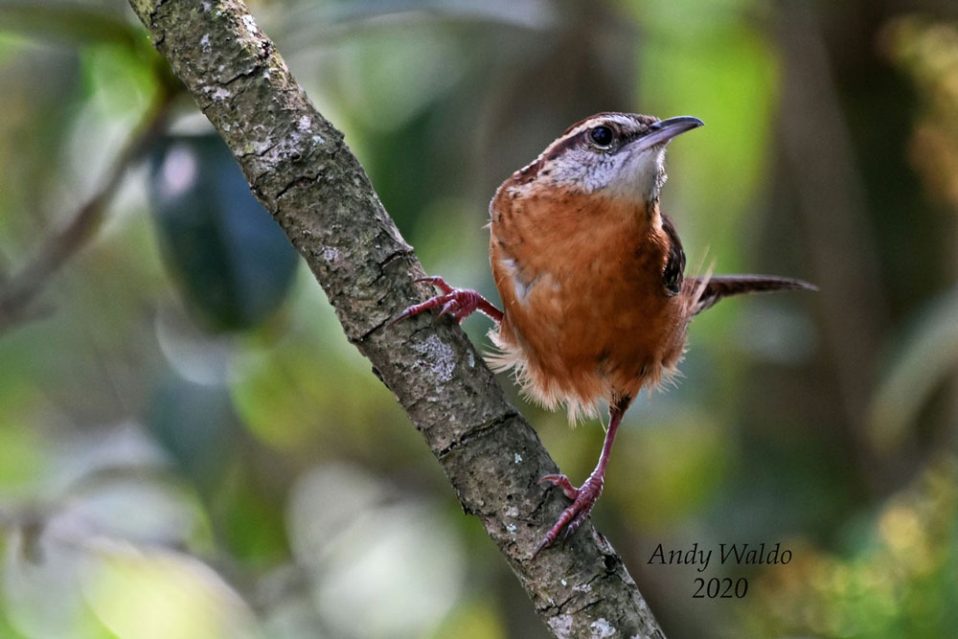

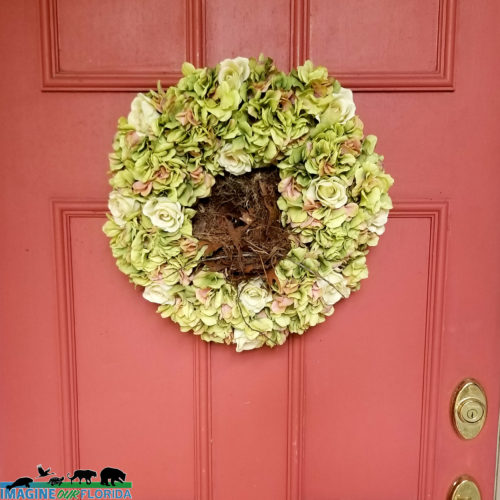
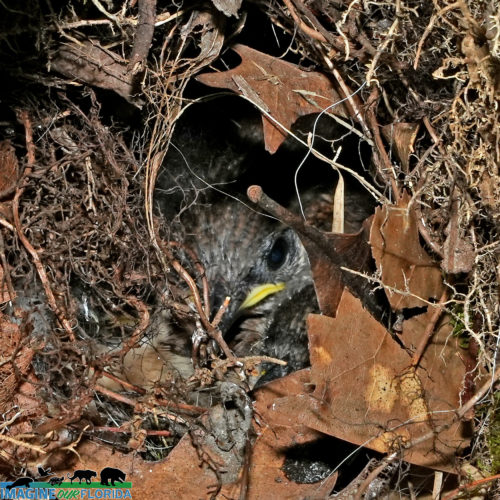
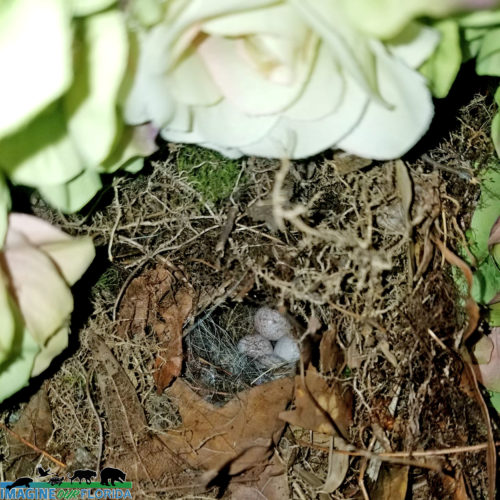
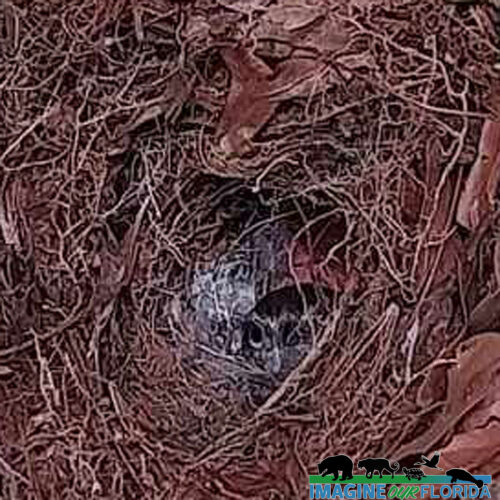
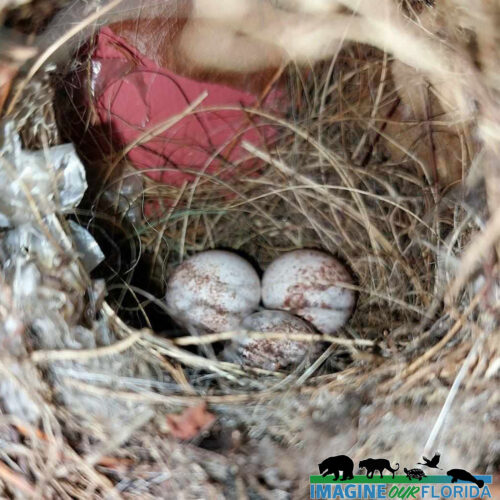
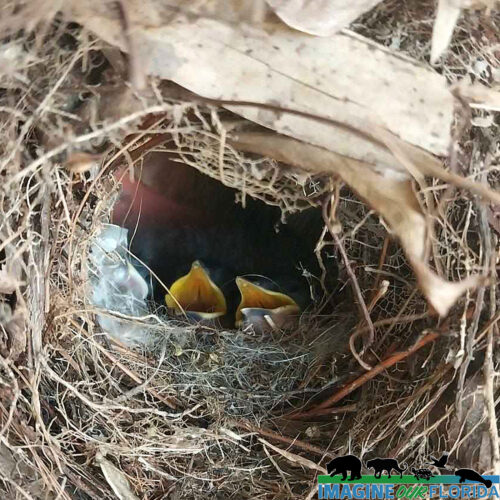
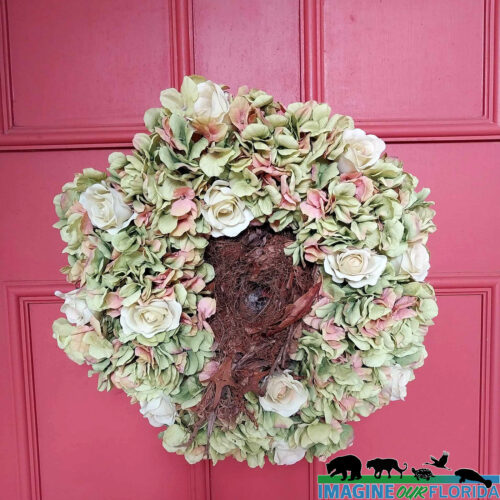
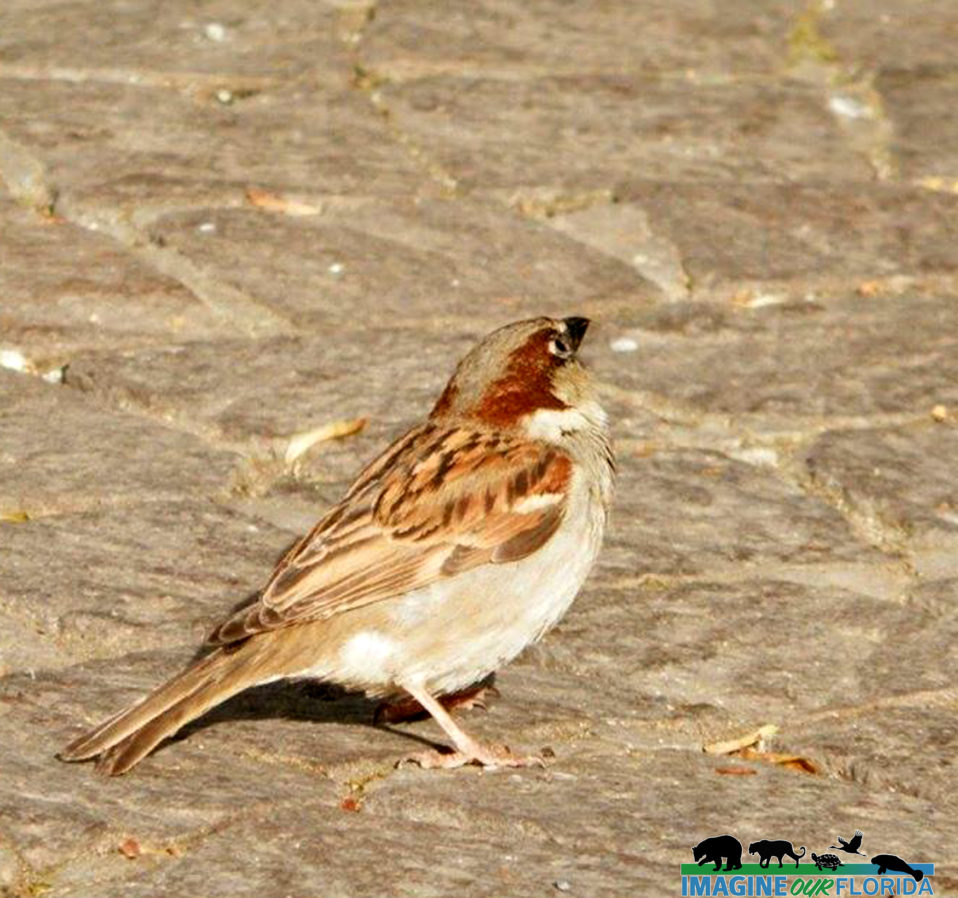
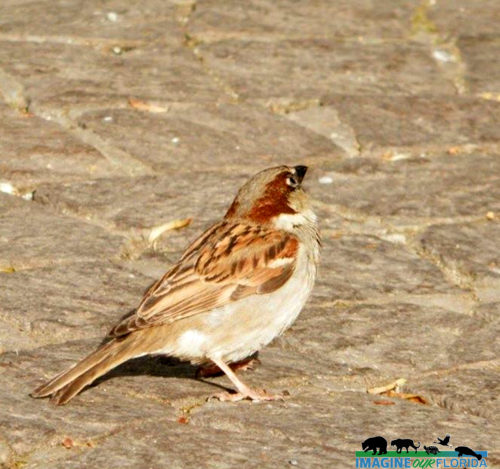
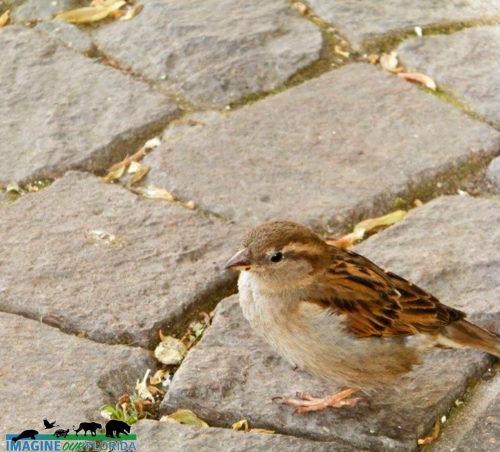
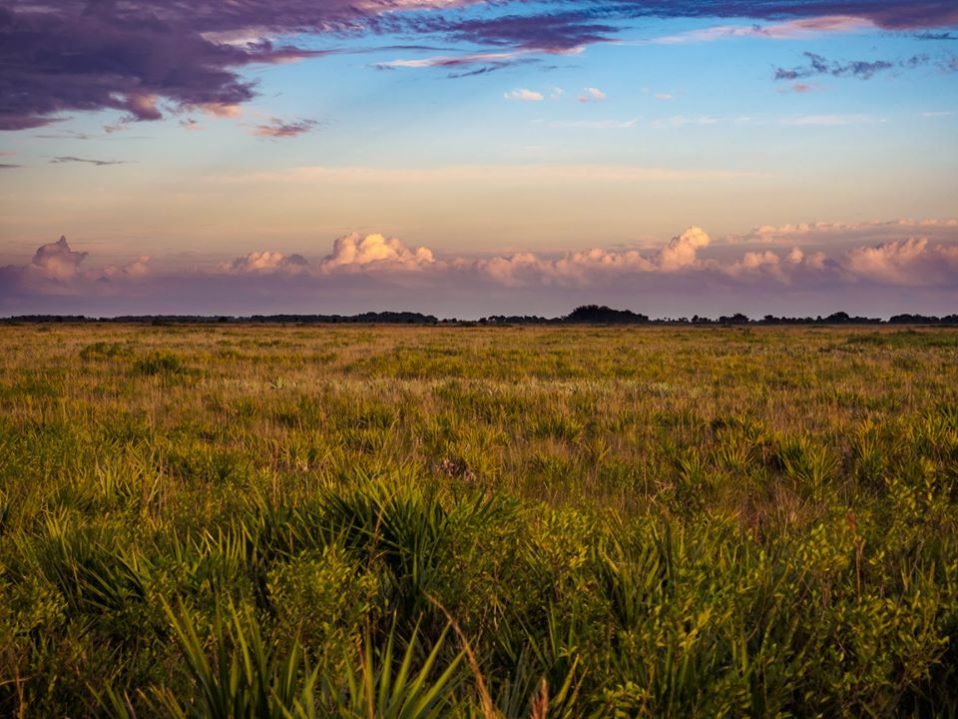








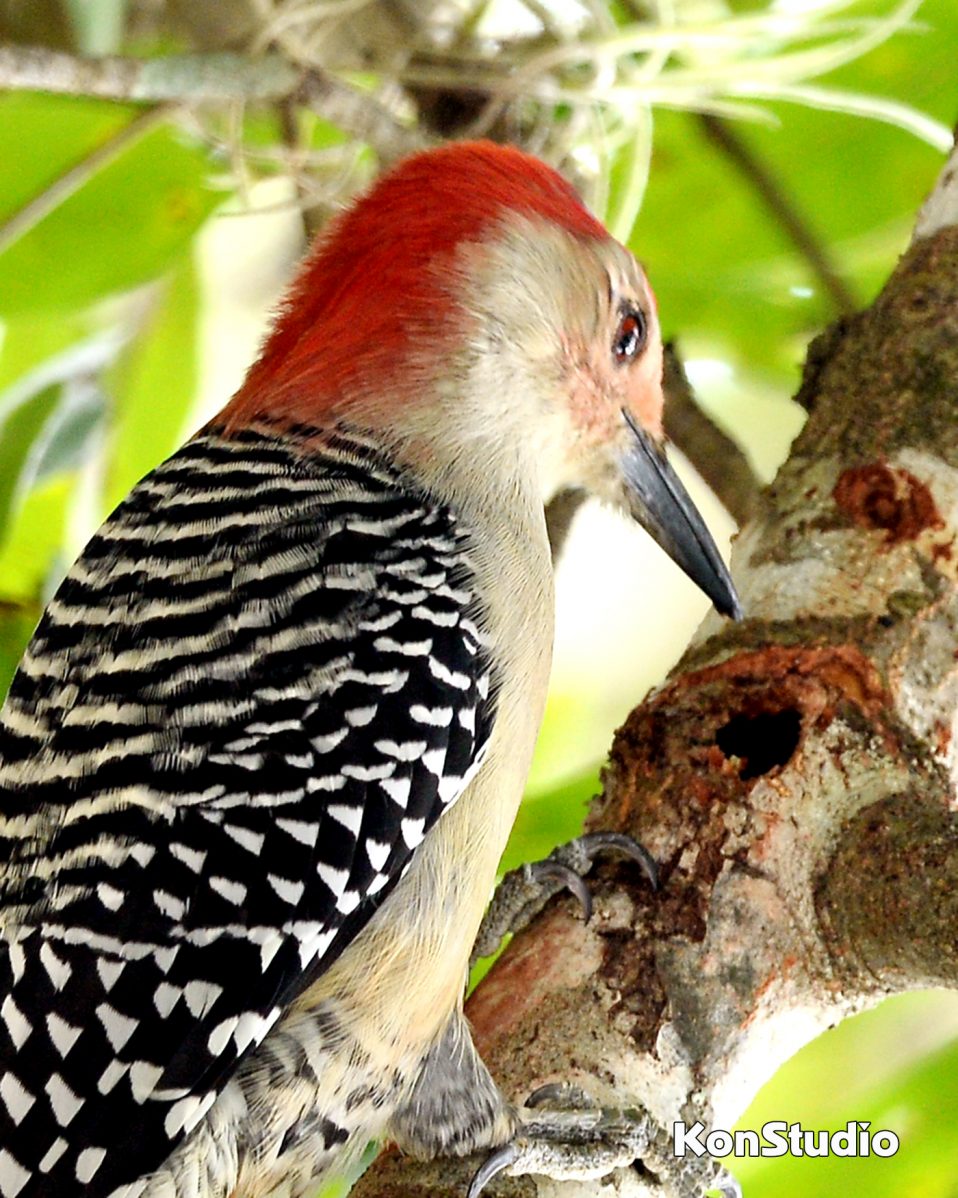


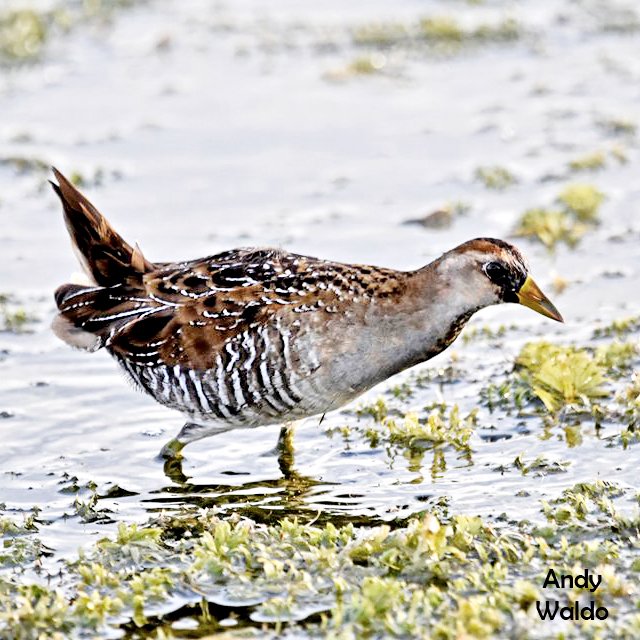

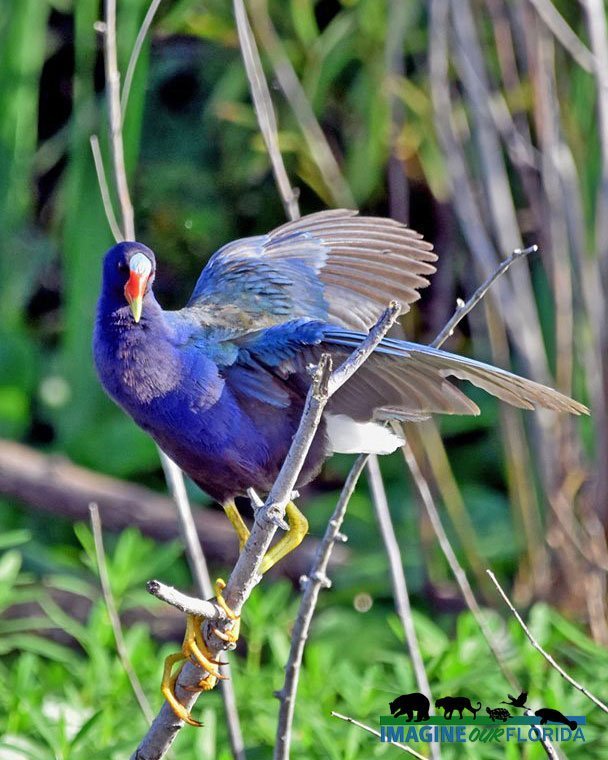
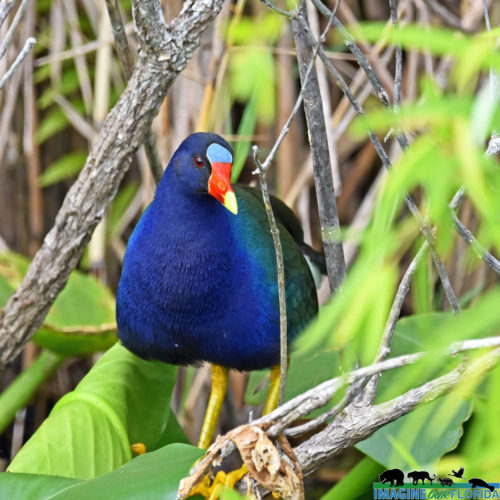
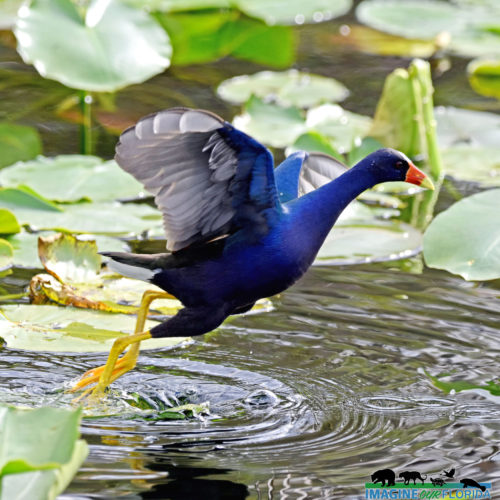
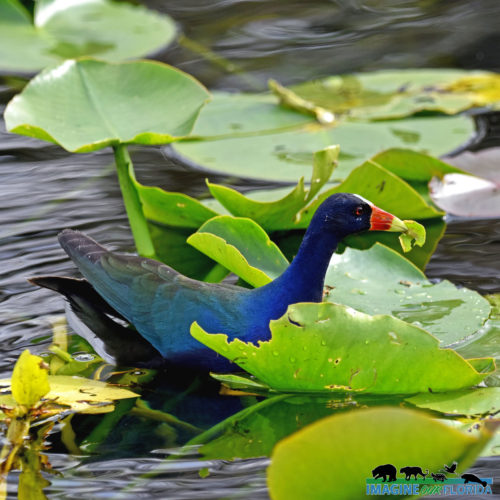

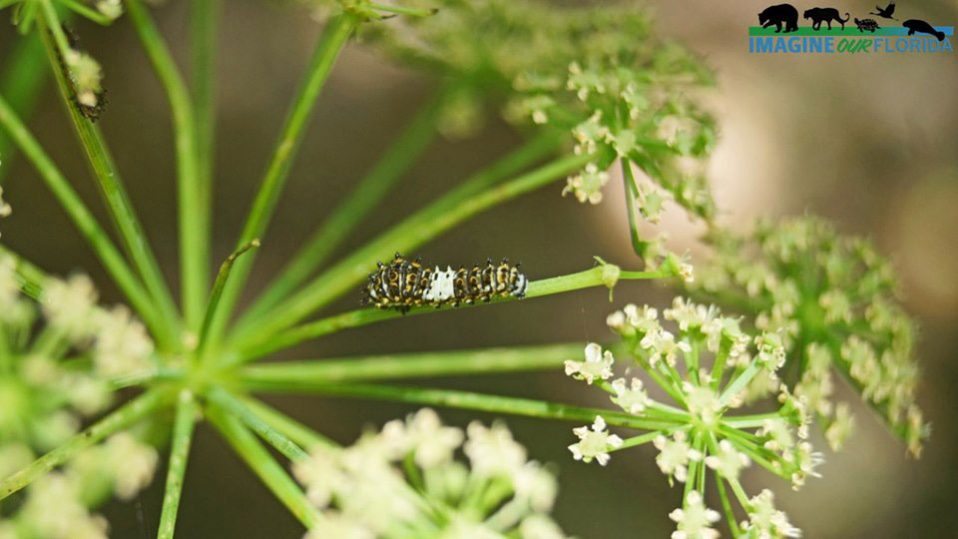






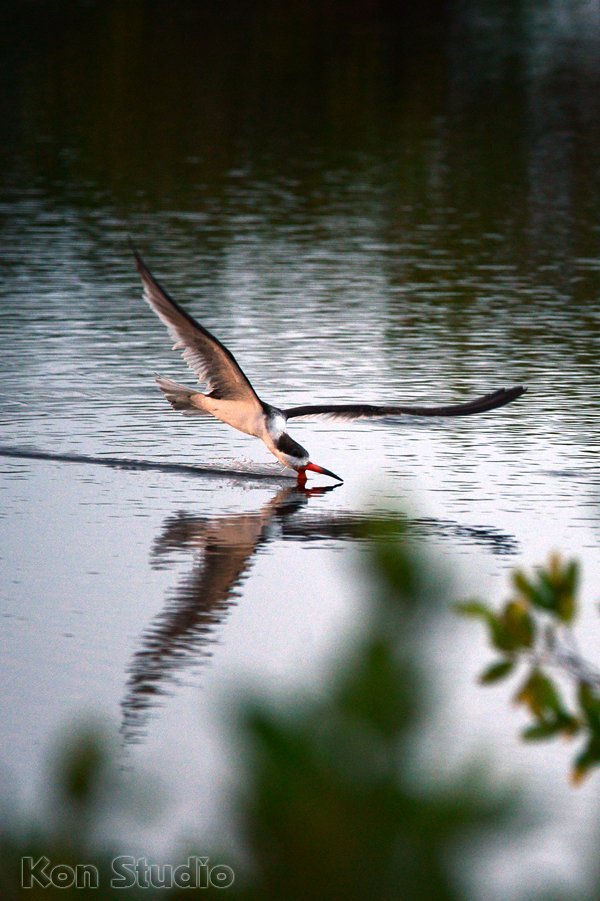





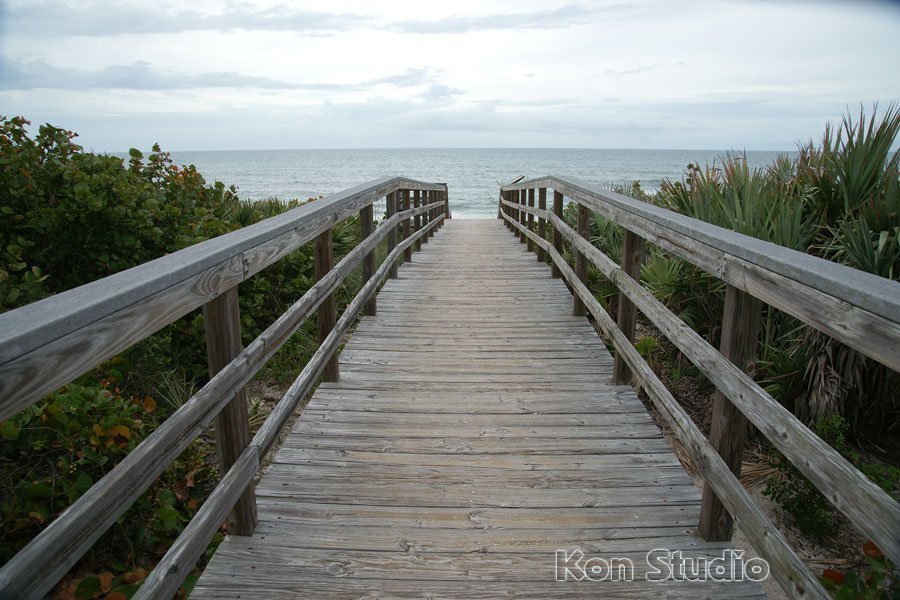











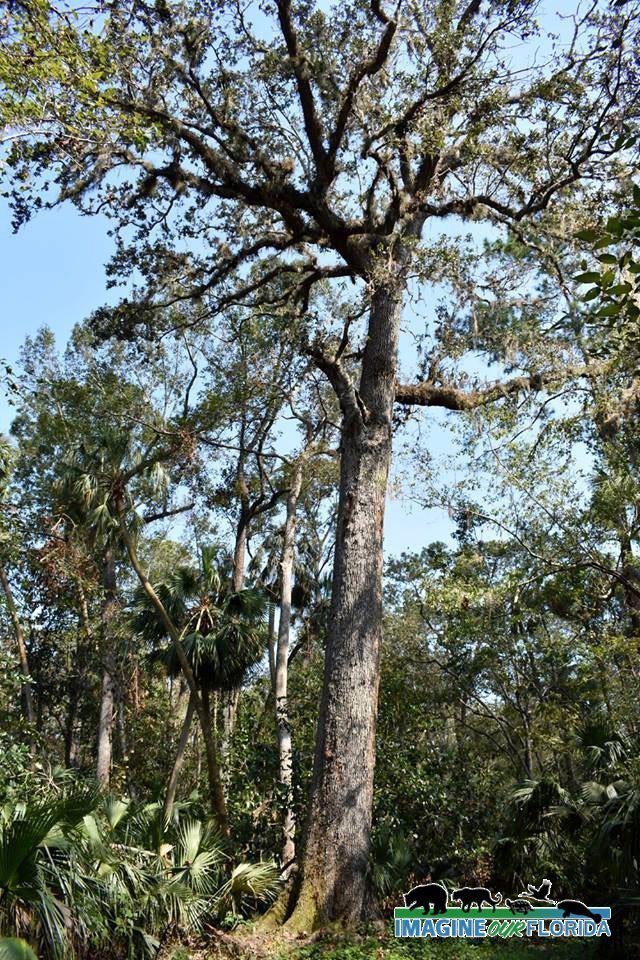





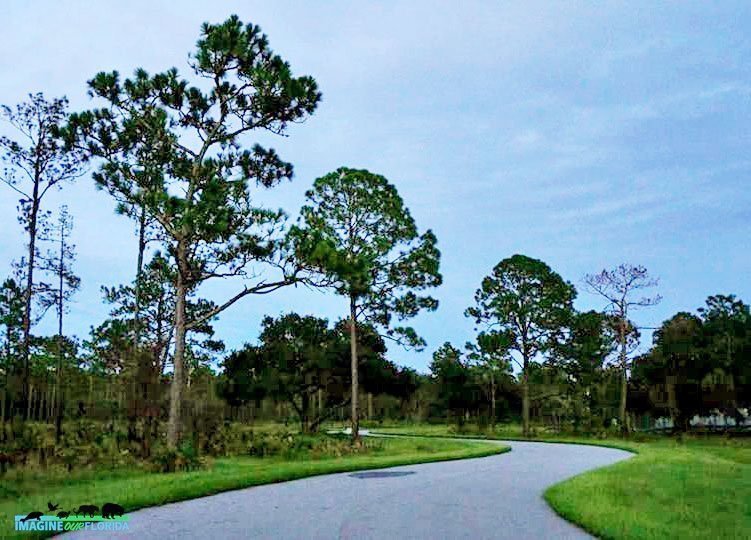


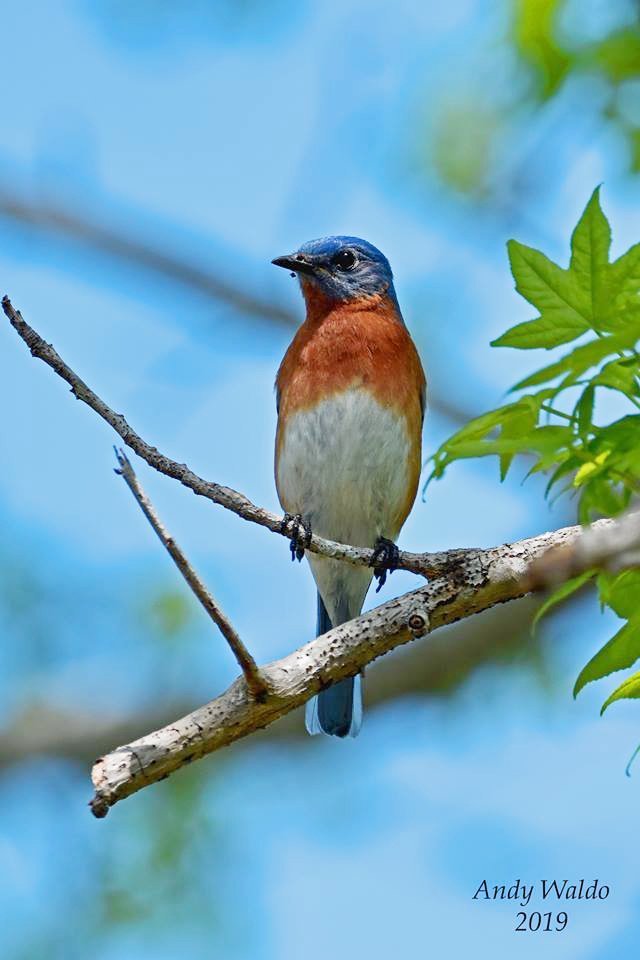

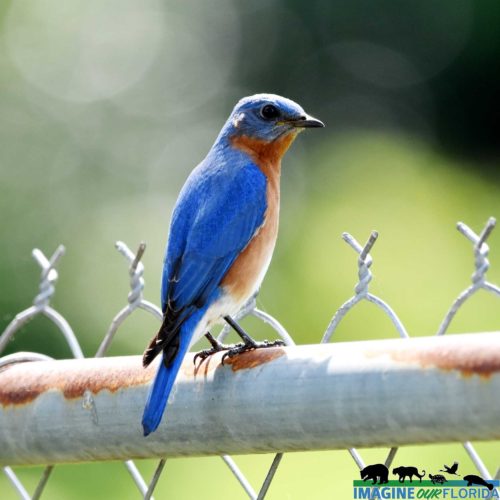
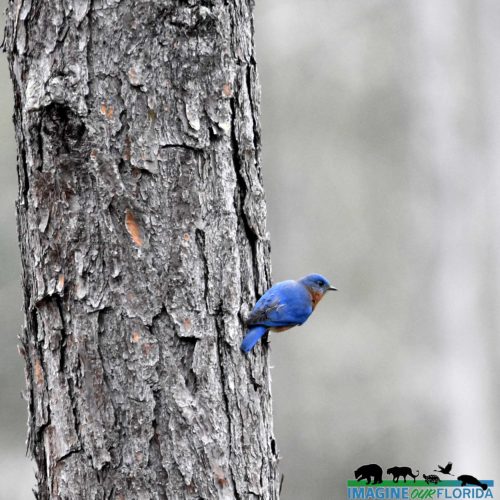
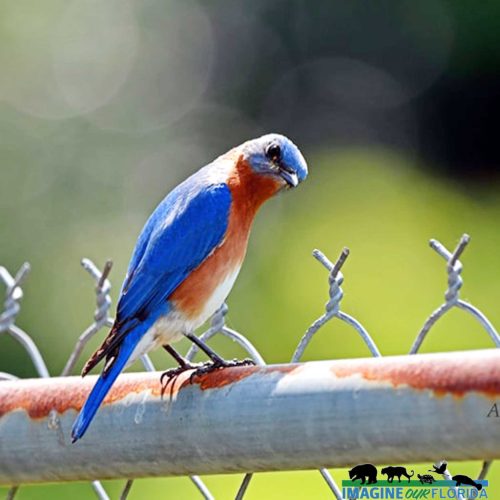

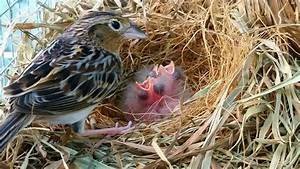

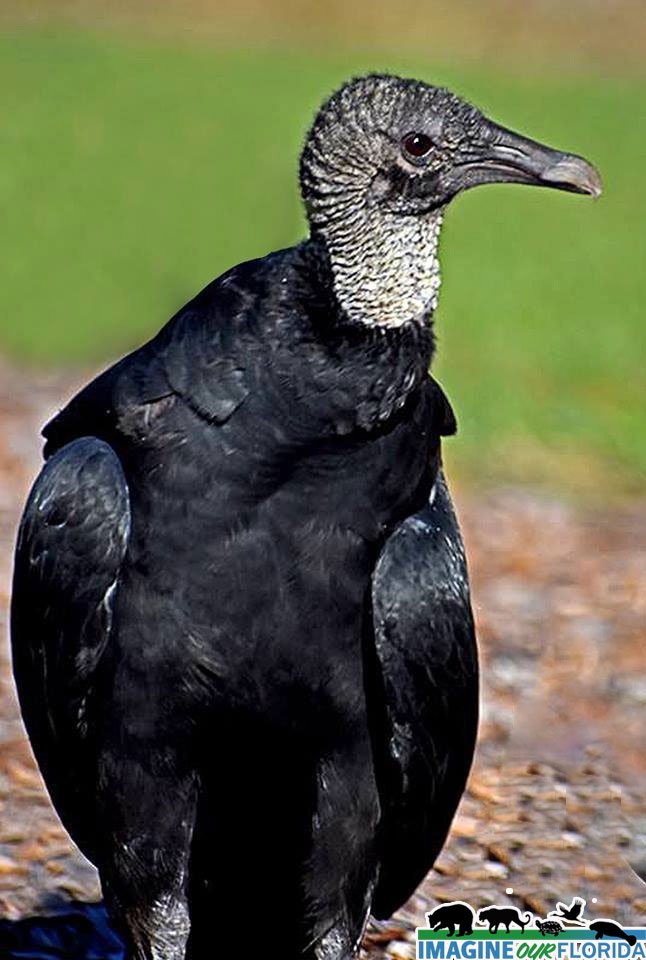


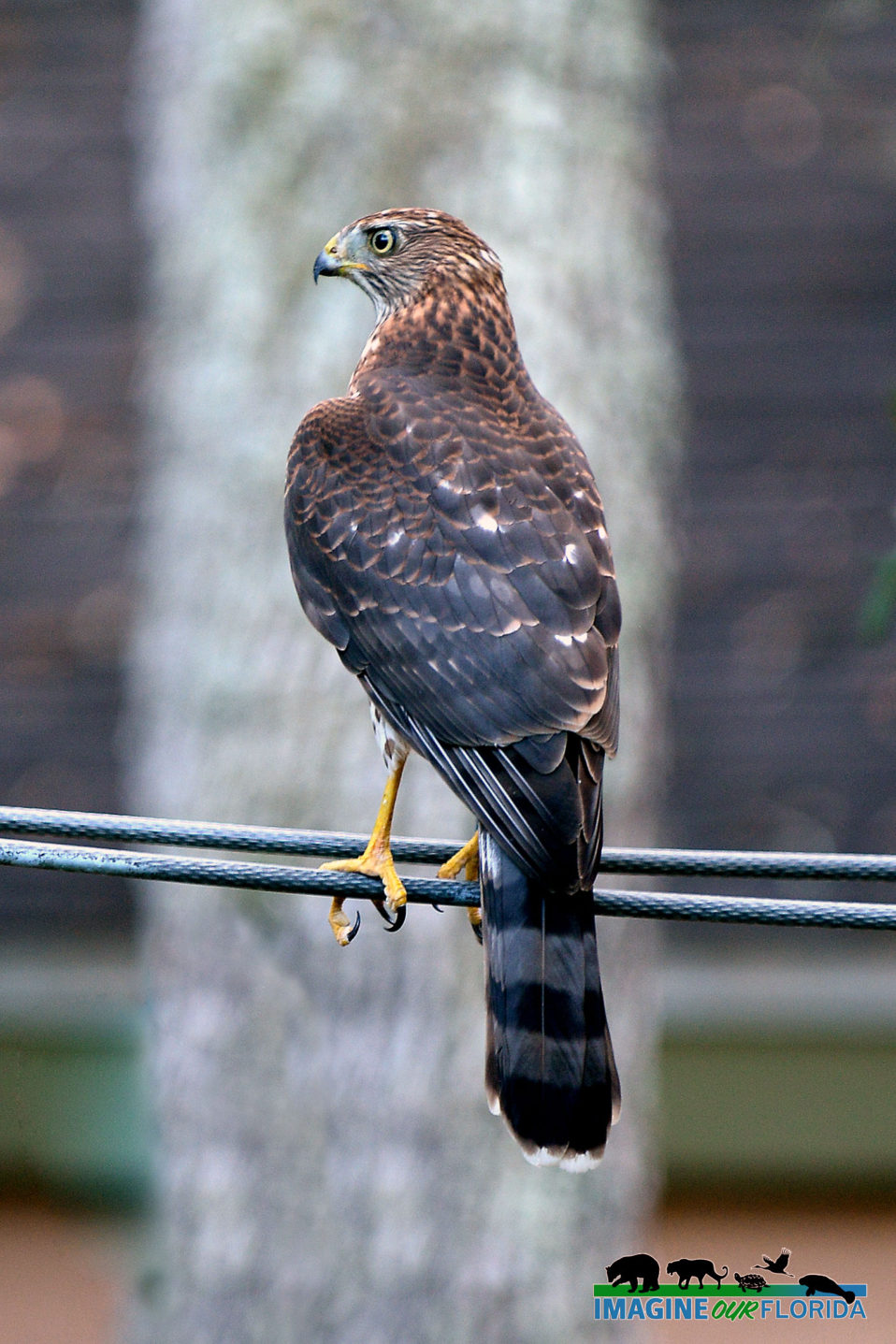
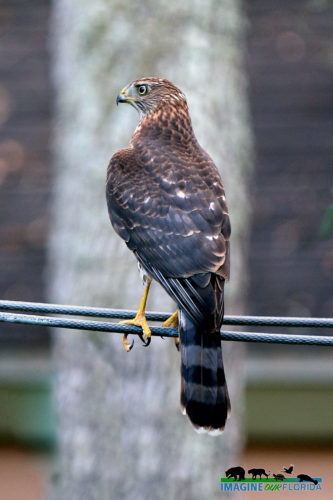


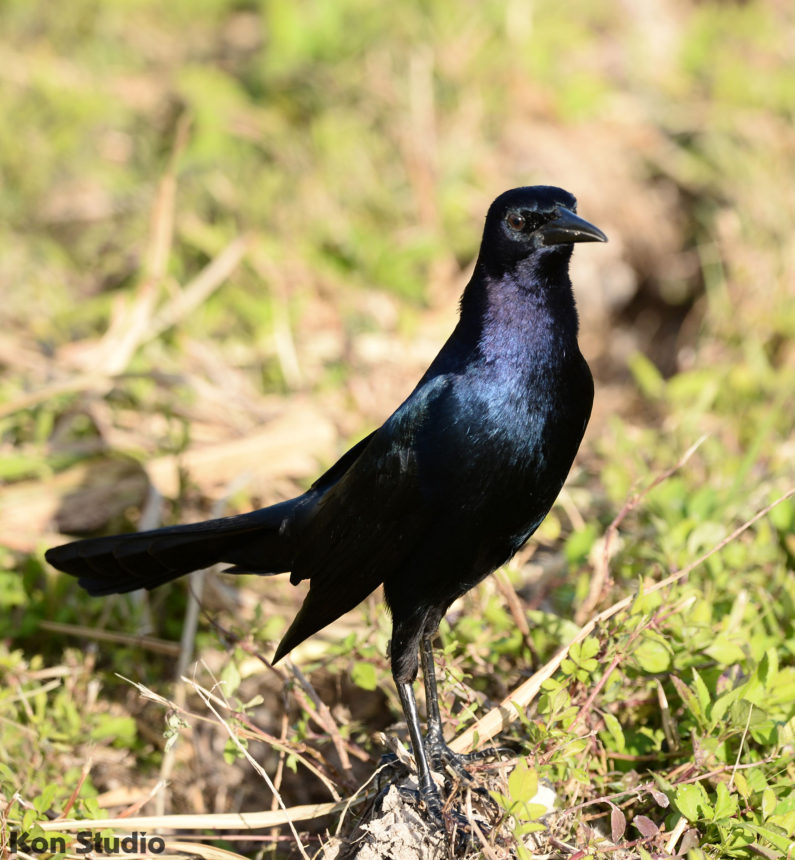
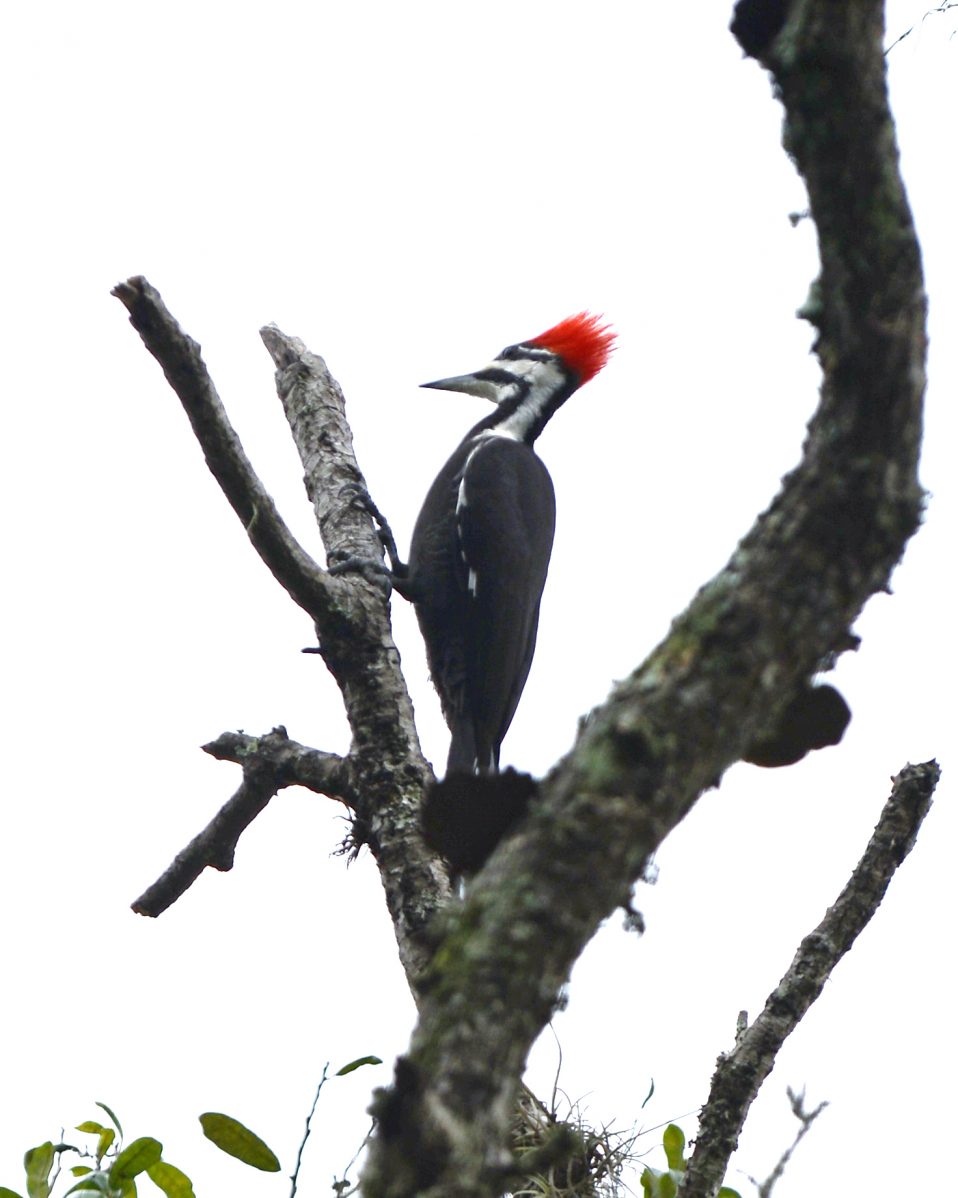

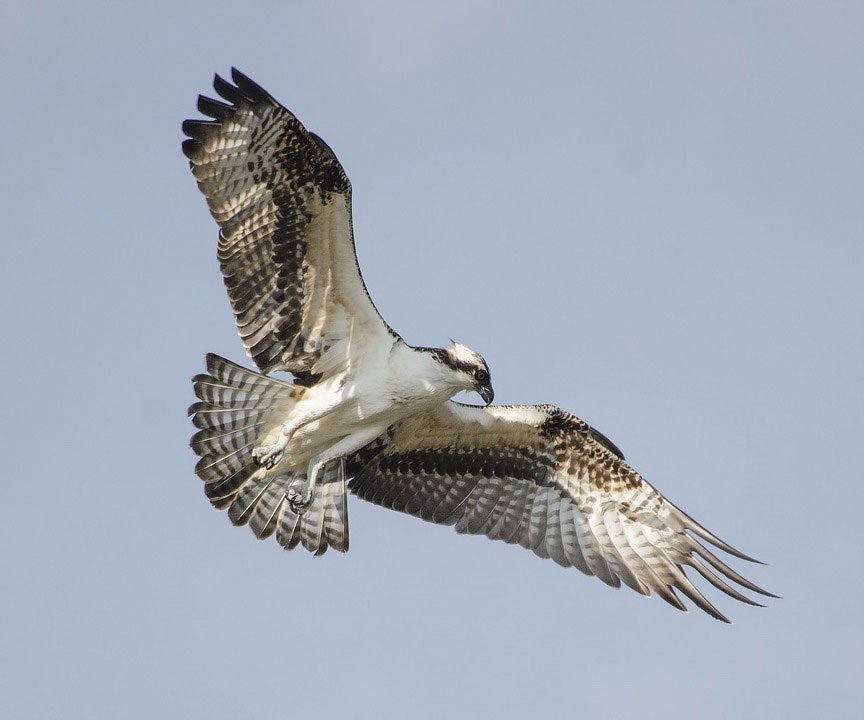
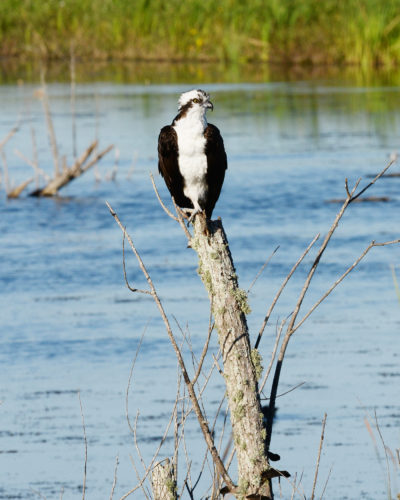
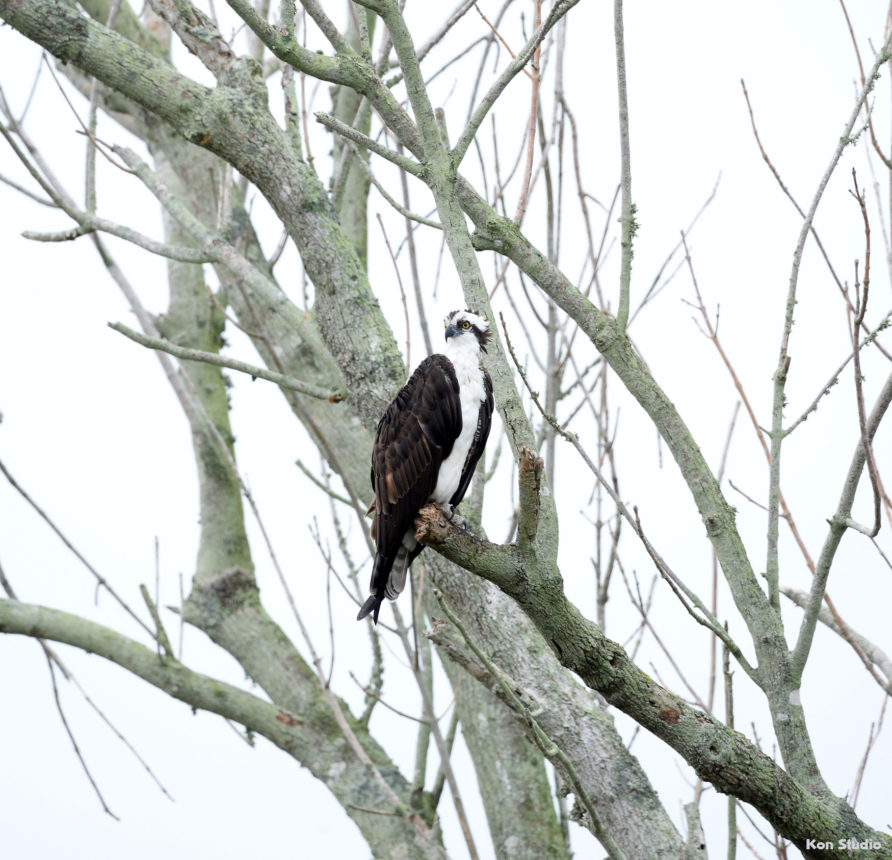
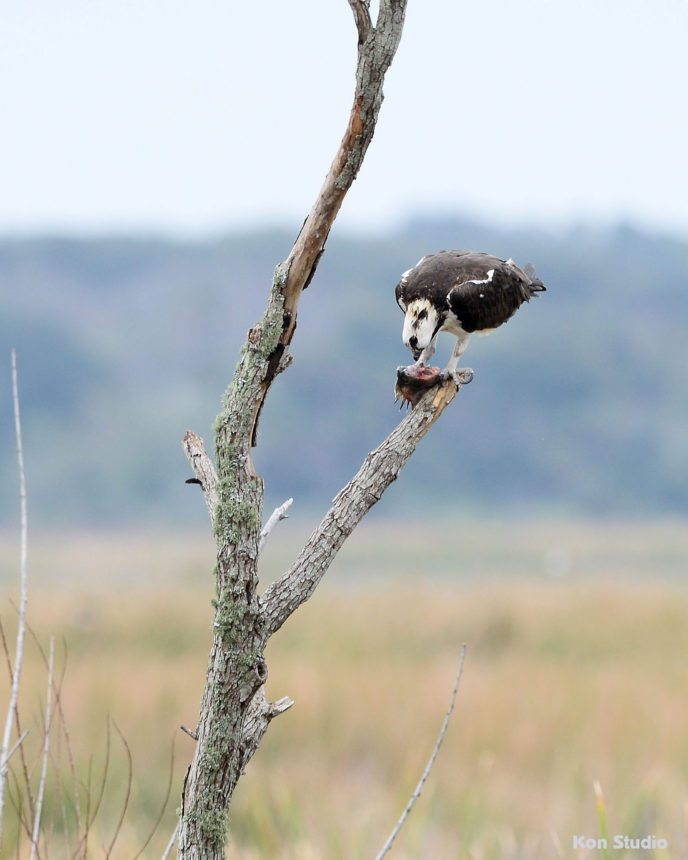
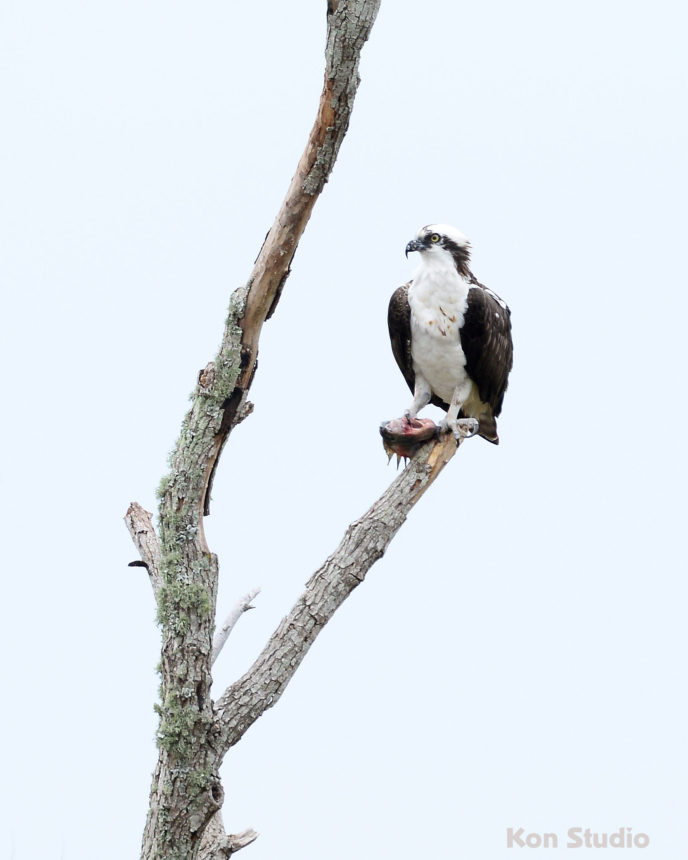

Recent Comments